In the late 1940s, the Northrop YB-49 took to the skies looking like something from a future century—an all-wing bomber with no tail, no fuselage, and no rivals. But while the design promised revolutionary range and stealth potential, its path was far from smooth. The aircraft lives on in places like the U.S. Air Force’s official museum archives, but for years, it was a footnote buried beneath Cold War politics and aerodynamic growing pains.
A Design Too Far Ahead
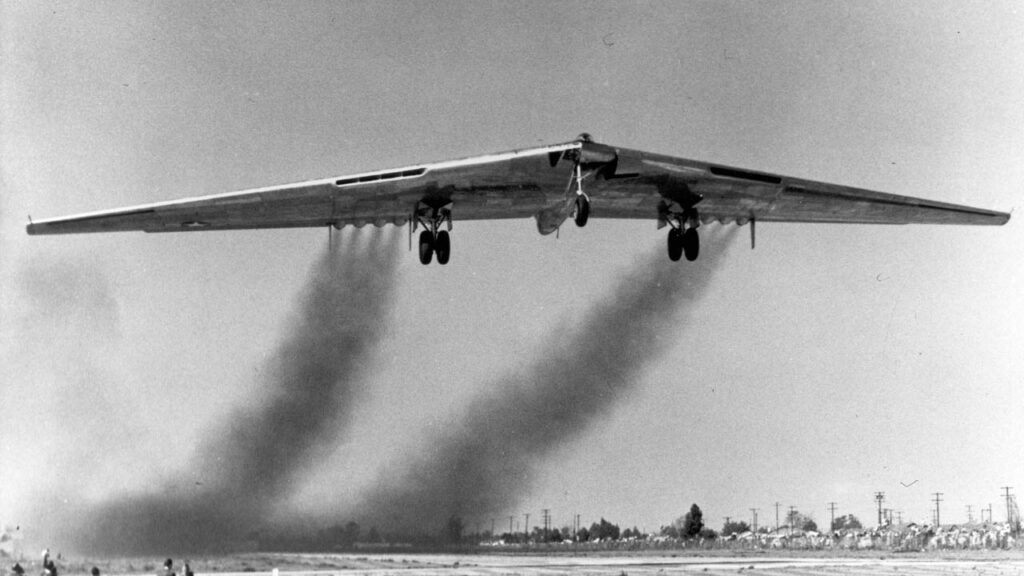
At its core, the YB-49 wasn’t just a bomber—it was an idea ahead of its time. With jet engines embedded in a massive flying wing, the aircraft looked decades more modern than anything else in the fleet. But the technology to fully control such a radical airframe didn’t exist yet, and the Air Force soon found that the aircraft’s performance came with tradeoffs. As several retrospectives have pointed out, stability issues plagued the program from the start.
One Crash That Changed Everything
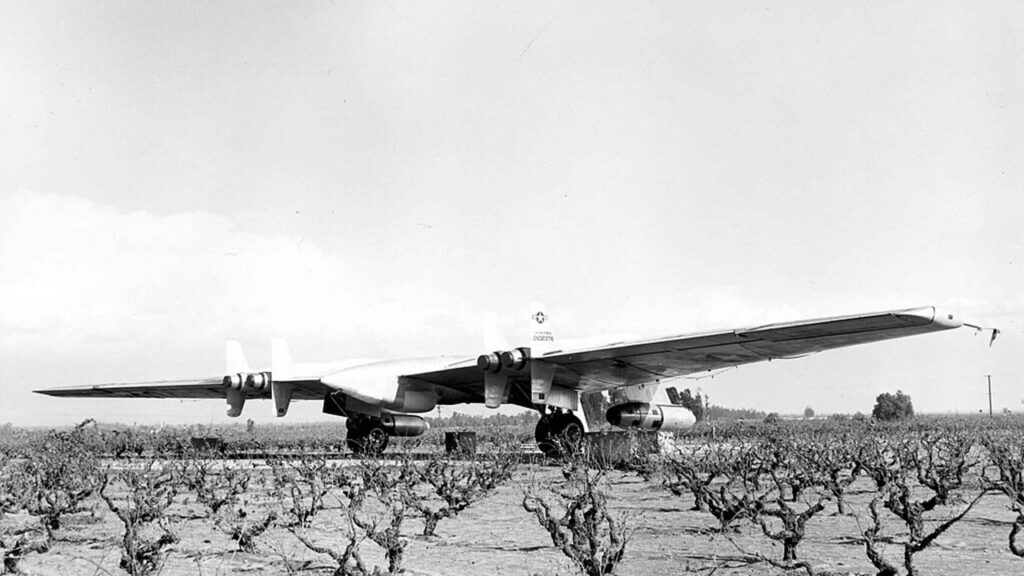
The fatal blow came in June 1948, when a YB-49 prototype went down during a test flight near Muroc Air Base, killing all five crew members aboard. Among them was Captain Glen Edwards, whose name would later be given to the very base where the crash occurred. The accident not only froze the test program but cast serious doubts over the aircraft’s future. Coverage from the Super Sabre Society captured the emotional and operational impact of that moment on the Air Force’s plans.
The Politics Behind Its Disappearance
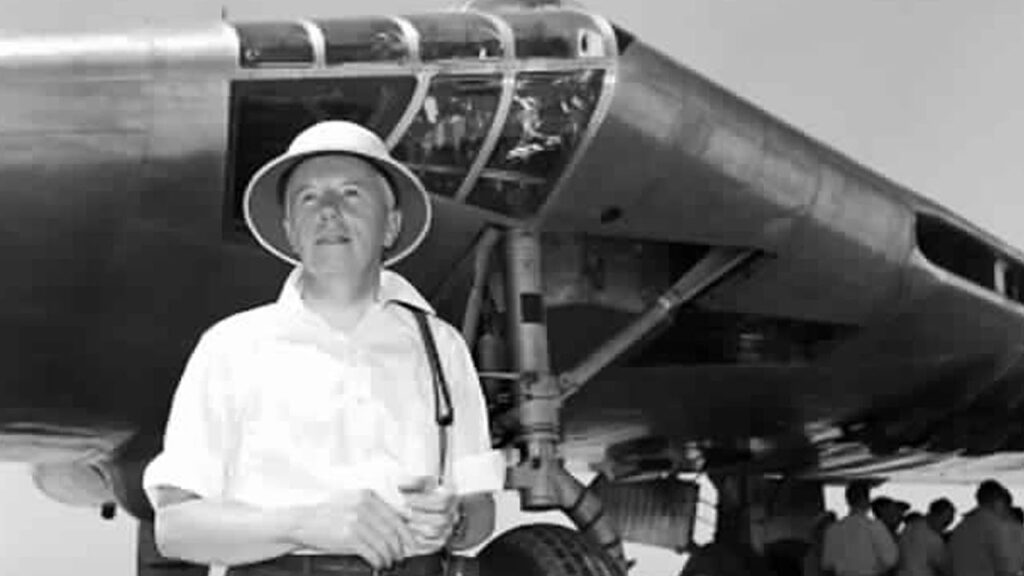
But not everyone believed the aircraft was doomed by physics alone. Jack Northrop, the man behind the design, later claimed that pressure from the government to merge his company with Convair played a major role in killing the YB-49. When he refused, the funding dried up. One deep-dive academic thesis explored how defense politics, not engineering flaws, may have ultimately sealed the aircraft’s fate.
The Return of the Flying Wing
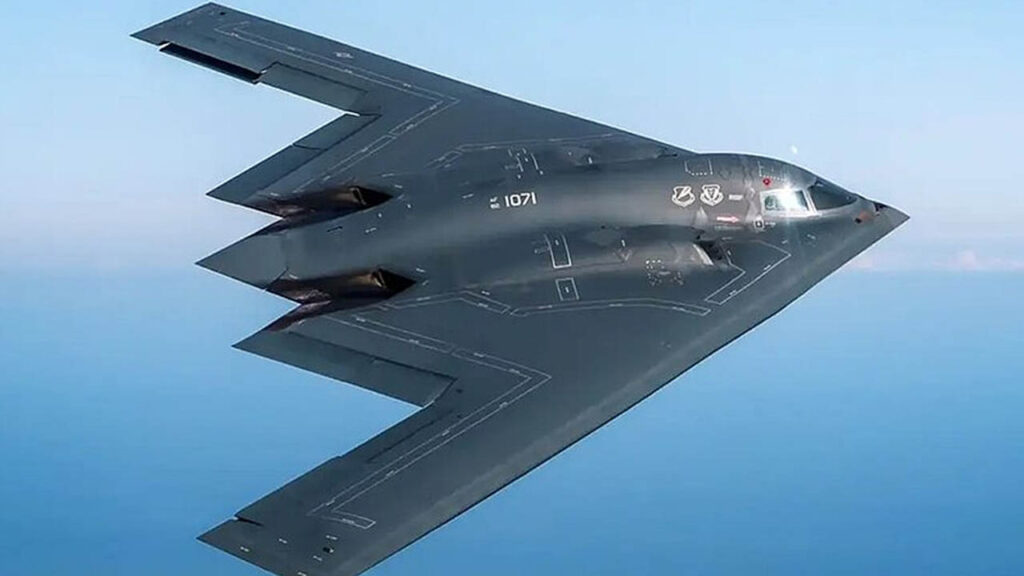
Fast forward a few decades, and the same flying wing shape made a comeback in the B-2 Spirit stealth bomber—only this time with digital flight controls, radar-absorbing materials, and an Air Force ready to embrace what Northrop once pitched. In a reflective piece on design lineage, Hill Air Force Base noted how today’s most advanced bombers owe much to the YB-49’s ghost.


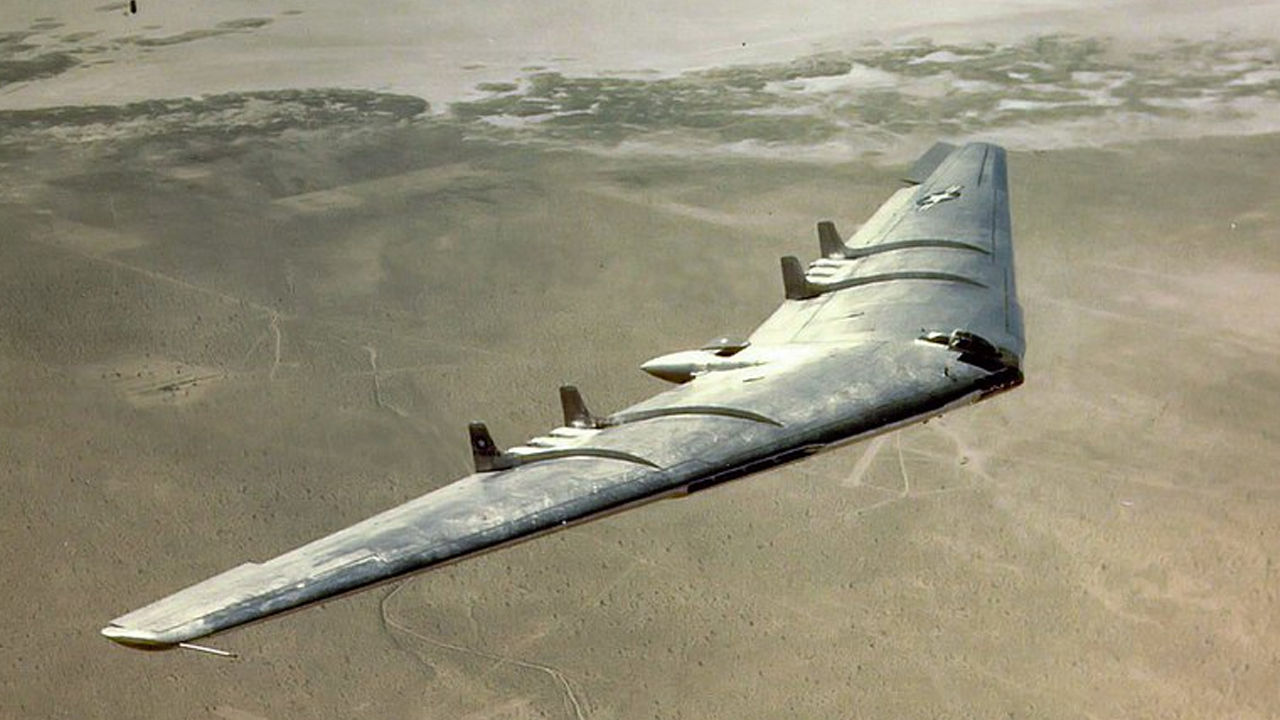

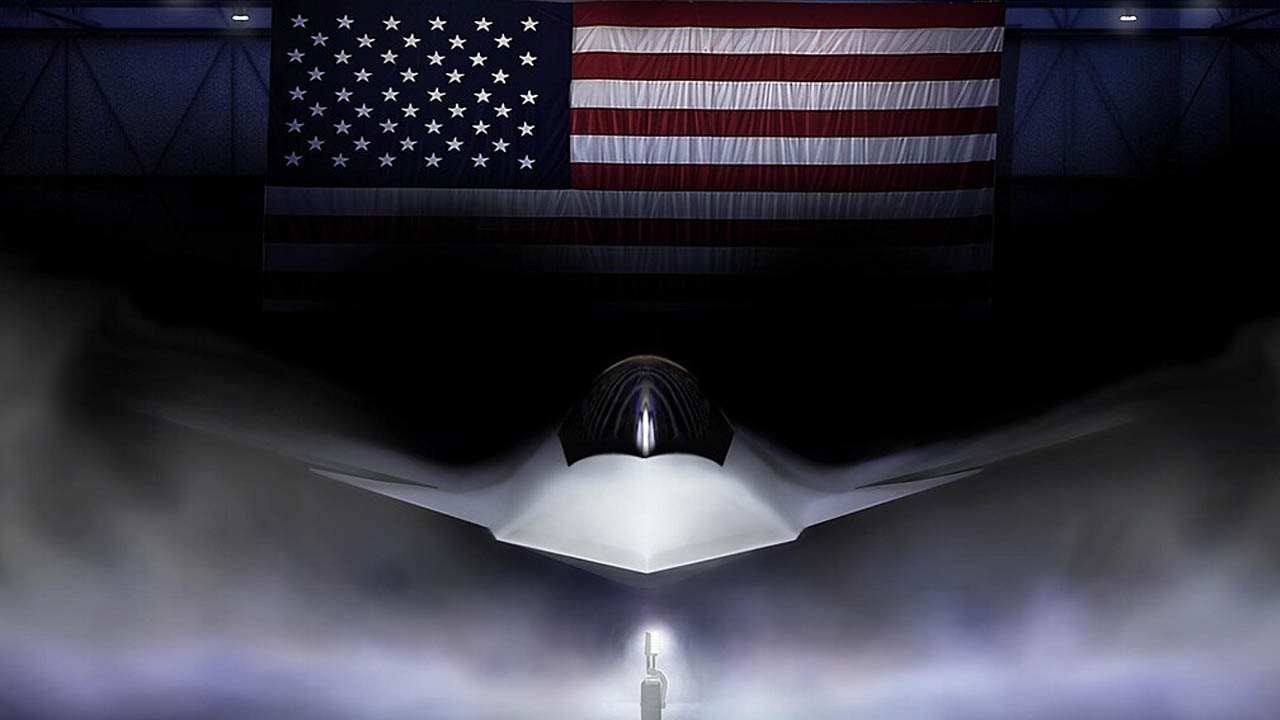
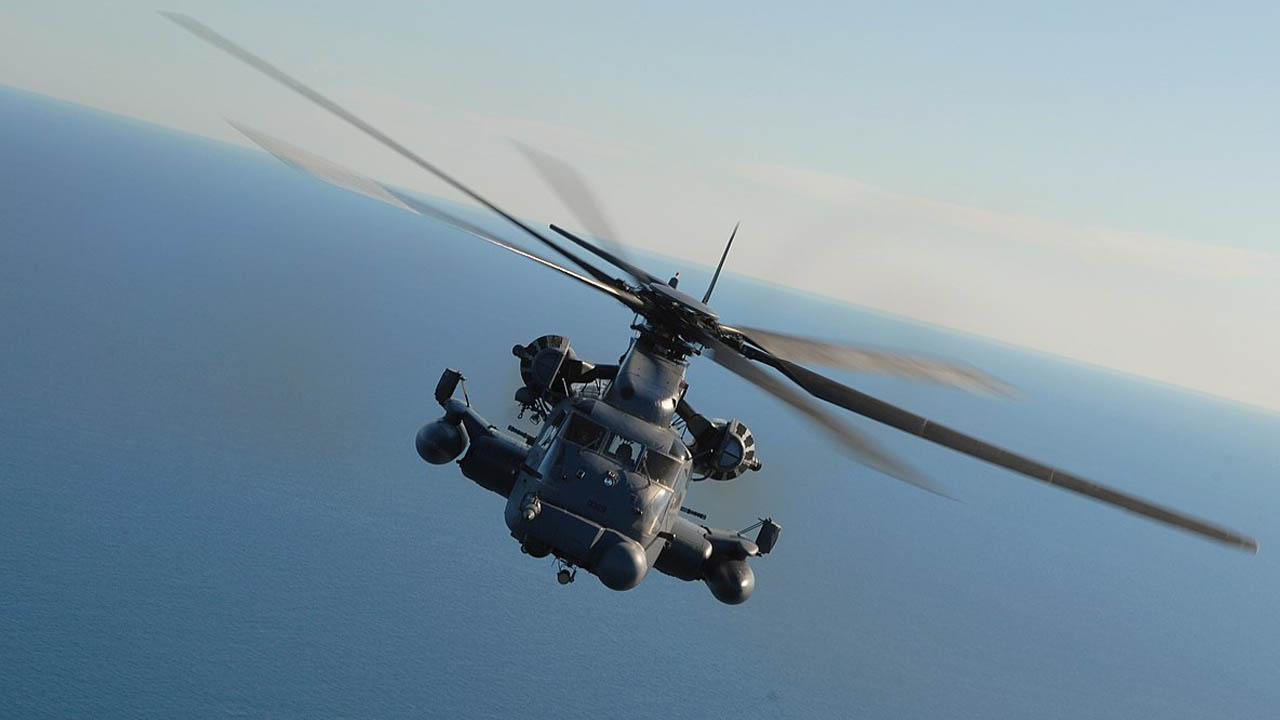
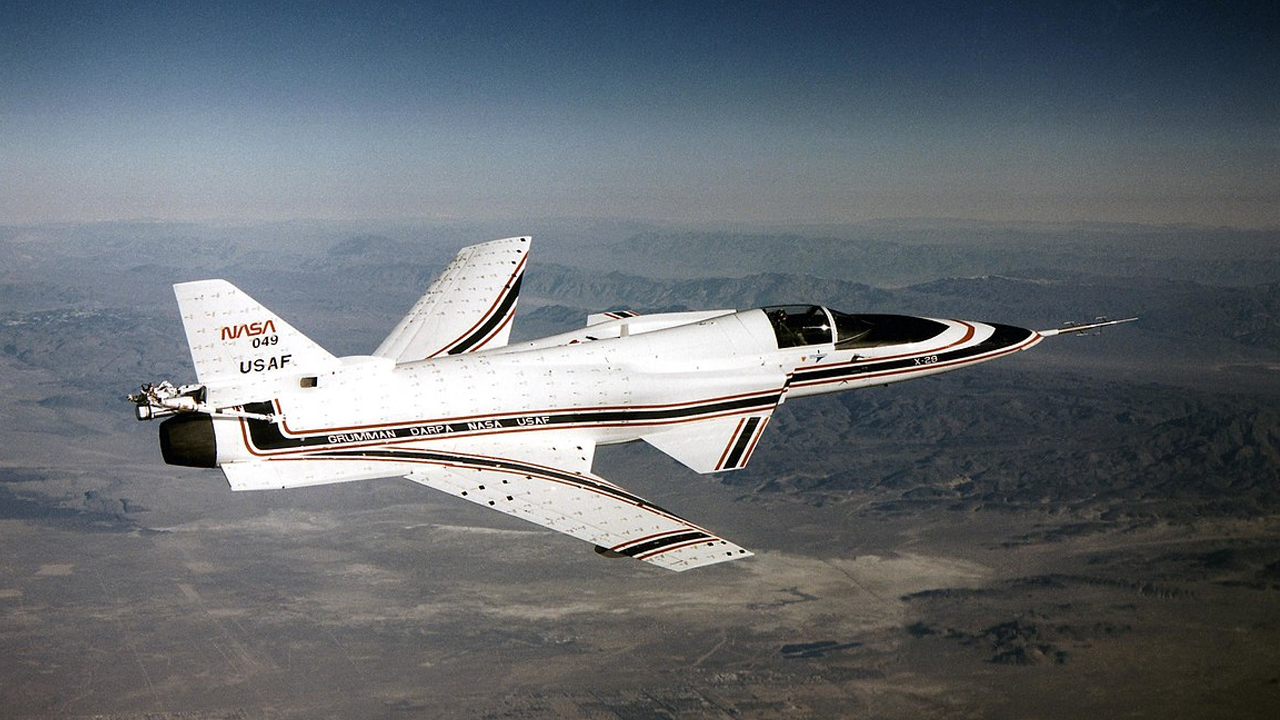
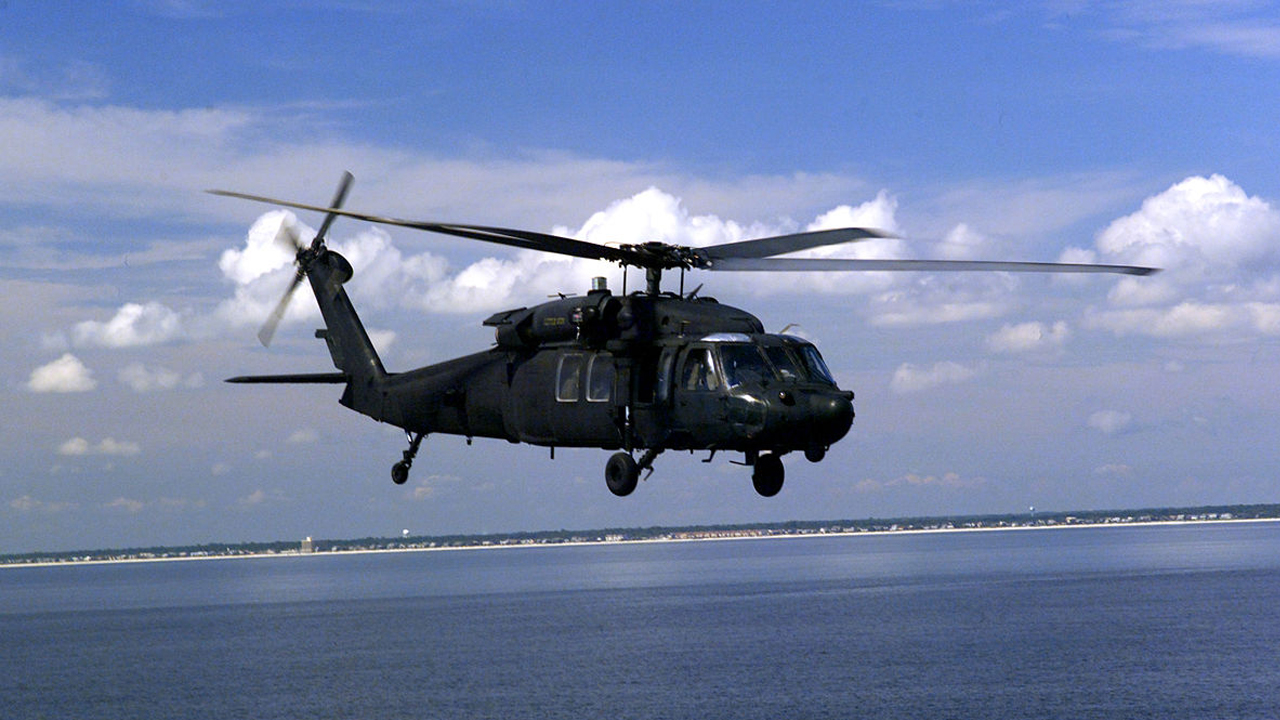
Leave a Reply